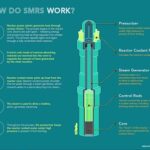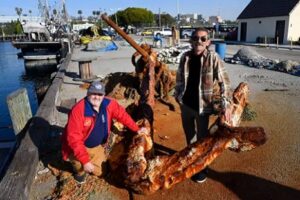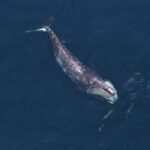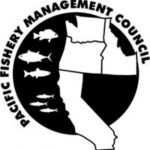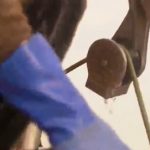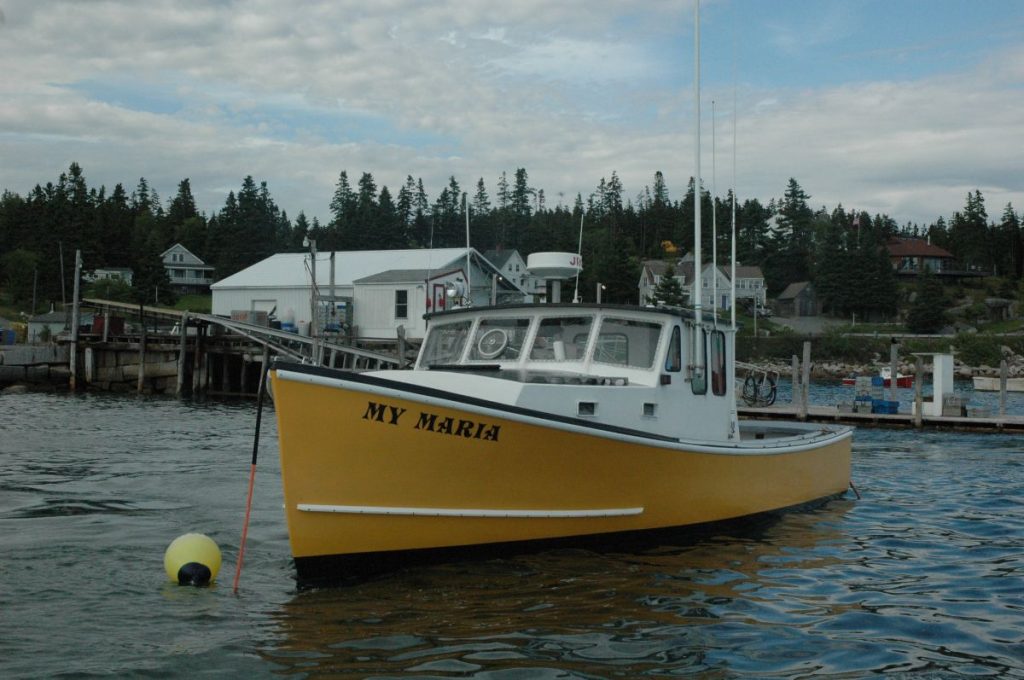North Carolina Fisheries Association Weekly Update for June 26, 2023
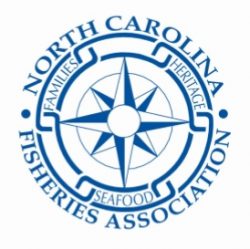 South Atlantic Red Snapper Dead Discards Lawsuit (Case 1:23-cv-01755)
South Atlantic Red Snapper Dead Discards Lawsuit (Case 1:23-cv-01755)
A little over one week ago (June 16, 2023), a group of fishermen and fish buyers from North Carolina and Florida filed a lawsuit against the Secretary of Commerce (Secretary) and the National Marine Fisheries Service (NMFS) for declaratory and injunctive relief challenging the lack of accountability for dead discards of red snapper in the South Atlantic. The case outlines three claims where the Secretary and NMFS have violated the Magnuson-Stevens Act (MSA) and the Administrative Procedure Act (APA) by refusing to manage and address recreational dead discards and rebuild the South Atlantic stock of red snapper.
The lawsuit documents how fishing for red snapper began well before management. Commercial fisheries date back to 1880, but the commercial fisheries really began to take off in the 1950s. By the 1970s and 80s, the recreational component of the red snapper fishery began to grow and it was during this time period that recreational landings began to equal or exceed the commercial landings. But by the time federal management for South Atlantic red snapper began in 1983 the stock was already considered to be undergoing overfishing.
The original Snapper-Grouper Fishery Management Plan (FMP), knowing the overfishing was already taking place, established a 12” minimum size limit for red snapper in 1983 for all sectors. In 1989 trawl gear was prohibited to harvest fish south of Cape Hatteras. However, high landings continued to trigger overfishing in the stock and in 1991 a 20” minimum size limit was established for red snapper, permits were required for commercial and for-hire, fish trap were prohibited, and 15 year rebuilding timeframe was set.
Through the 1990s red snapper continued to experience overfishing and in 1997 during NMFS first Status of the Stocks Report to Congress, South Atlantic red snapper was declared overfished. By the late 1990s, the recreational bag limit was set at 2 fish per day, the commercial permit became a limited entry permit (excluding those who did not qualify), and a 2-for-1 commercial buy in program was established to reduce the number of commercial permits even further.
In the 2008 stock assessment, red snapper were still declared overfished with overfishing occurring. The legal case quotes the assessment saying “the bulk of the landings of red snapper come from the recreational fishery, which have exceeded the landings of the commercial fishery by 2-3 fold over the assessment period” and also that the existing 12-inch size limit was “believed to have caused an increase in discarding.” (SEDAR 15 SAR 1)
In 2010 under Amendment 17A, an annual catch limit (ACL) was set for the first time, fishing was closed in areas from 98-120 feet deep, and non-stainless steel and non-offset circle hooks were required. The amendment also established a 35 year rebuilding plan to end in 2044 and since dead discards were not to be included in the ACL, the first ACL was to be set at zero.
However, before Amendment 17A was finalized another assessment (SEDAR 24) of red snapper was completed. And although the assessment still found red snapper to be overfished with overfishing occurring, the lawsuit documents how NMFS and the South Atlantic Fisheries Management Council (SAFMC) decided to postpone and remove the area closure from Amendment 17A because “the rate of overfishing found in SEDAR 24 is less than the rate of overfishing found in the previous SEDAR 15 stock assessment” so the area closure no longer was necessary.
In 2013 Amendment 28 was implemented using a new formula to once again allow red snapper landings. The new regulations allowed for harvest if the total removals (landings plus dead discards) did not exceed the Acceptable Biological Catch (ABC) the previous year. The lawsuit states “that if landings were to be allowed, the specific amount would be calculated using a formula based on total Catch numbers from the prior two years and acceptable biological catch numbers from the prior two years and the upcoming year.” This amendment also set the South Atlantic red snapper sector allocations at 28.07% commercial and 71.93% recreational.
Landings of red snapper were allowed in 2012, 2013, and 2014. But in 2015, 2016, and 2017 allowable landings was set at zero because total removals (landings and dead discards) exceeded the ABC in each year prior. Note that since no landings were allowed in 2015 and 2016, dead discards alone resulted in zero landings allowed in 2016 and 2017.
But in 2017 another stock assessment (SEDAR 41) for red snapper was completed. The South Atlantic red snapper stock was still found to be overfished with overfishing occurring with the majority of removals still coming from recreational dead discards. But according to the case, “the new stock assessment showed a modest uptick in red snapper biomass … NMFS declared that “sufficient steps had been taken to address overfishing” [and] the agency furthermore “determined that allowing limited harvest of red snapper in 2017 is not likely to result in overfishing”. The previous equation used to calculate allowable landings in Amendment 28 were removed through a temporary rule and landings were set the same as was allowed in the 2014 season.
In 2018 the South Atlantic Council decided to keep the temporary rule and incorporated it into Amendment 43 as a final rule. Even though, as the case states, “Since 2010, estimates of dead discards have accounted for most of the total removals (92%), likely a result of incidental catch of red snapper while fisherman targeted co-occurring species.” … NMFS nevertheless removed the only portion of the annual catch limit mechanism … that accounted for dead discards of red snapper.
As Amendment 43 has been being implemented over the last several years yet another stock assessment (SEDAR 73) in 2021 has shown the stock to still be overfished with overfishing occurring. The assessment again credits recreational dead discards as “the primary driver” of the overfishing.
Amendment 43 was also supposed to contain management measures at a later date to address dead discards through spatial and temporal closures, prohibiting some gear types, and requiring use of descending devices. Spatial and temporal closures were explicitly deemed as the only way to end overfishing by the NOAA Regional Administrator at the Council table but the South Atlantic Fisheries Management Council decided to drop most of these measures after public outcry and opposition from sports fishing groups like the Coastal Conservation Association (CCA) and the American Sportsfishing Association (ASA) and recreational anglers.
The lawsuit has filed three claims for relief in response to the latest 2023 Temporary Rule implementing regulations from Amendment 43.
The first claim for relief alleges that the Secretary and NMFS have failed to establish a limit on the annual catch of South Atlantic red snapper as required by MSA. They further claim that limiting only landings has resulted in these extremely high recreational dead discards and these unaccountable recreational dead discards have cost the commercial fishermen around $29 million since 1999.
The second claim alleges the Secretary and NMFS have failed to establish a mechanism for specifying annual catch limits for South Atlantic red snapper that prevents overfishing as required by MSA. The plaintiffs further claim that because dead discards are excluded from the annual catch limit and that dead discards are single-handedly capable of causing overfishing, the defendants have failed to establish an annual catch limit “at a level such that overfishing does not occur.”
The third claim alleges the Secretary and NMFS have conducted a de facto reallocation in violation of MSA. Limiting the commercial fishing effort while allowing recreational fishing to occur year round allowing unlimited and unaccountable dead discards has unfairly allowed the recreational sector to operate and thrive during these years of limited red snapper landings while the commercial industry has struggled to survive. As the case states, this violates National Standard 4 because it is not fair and equitable, nor is it reasonably calculated to promote conservation.
We at NCFA will be keeping a close eye on this case. If you have any questions or comments please reach out.
Thomas Newman
Fisheries Liaison

































